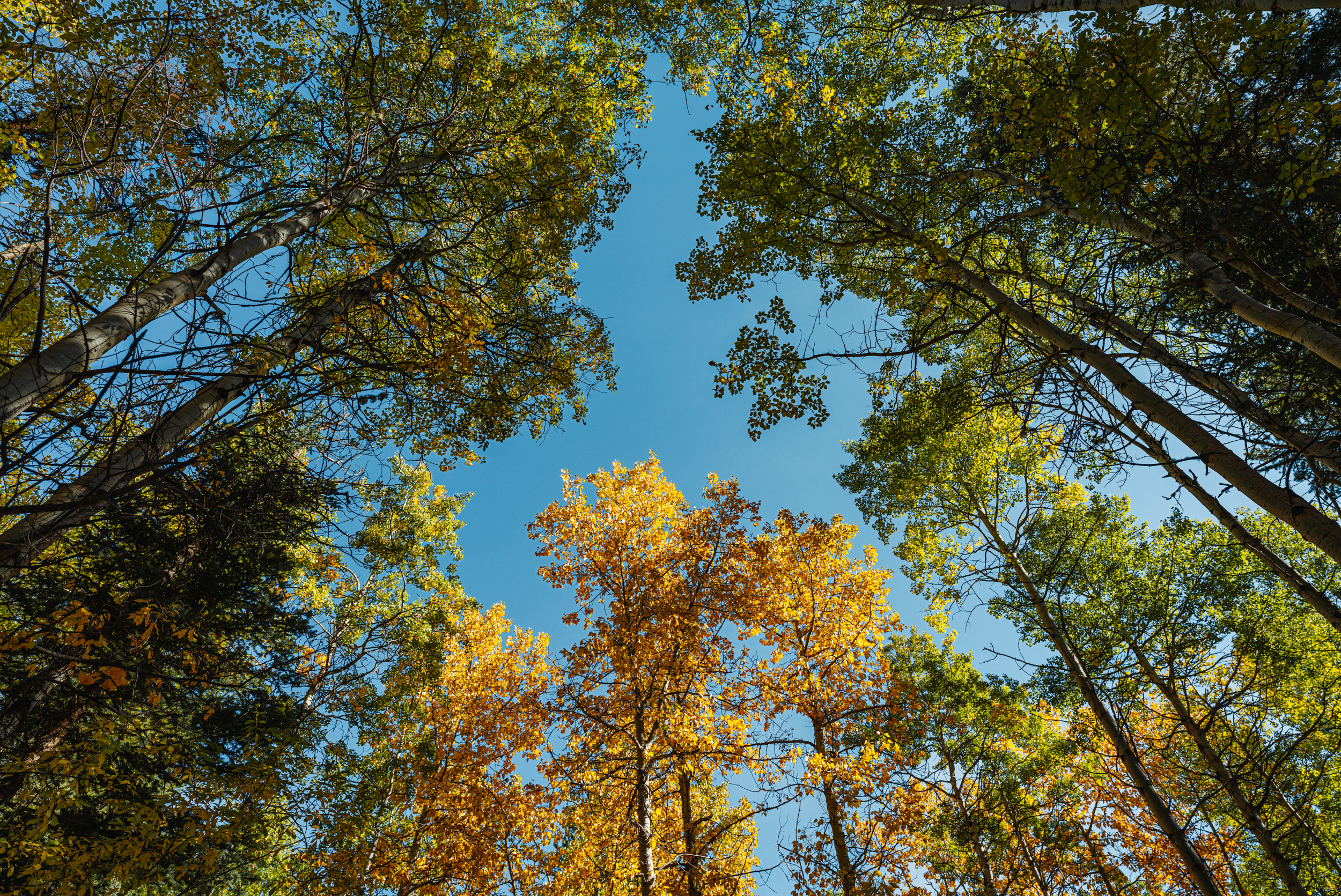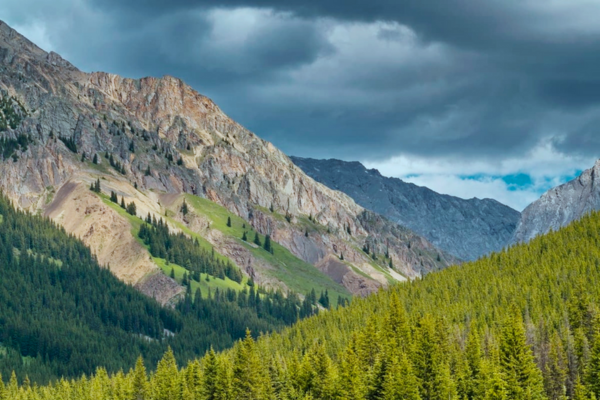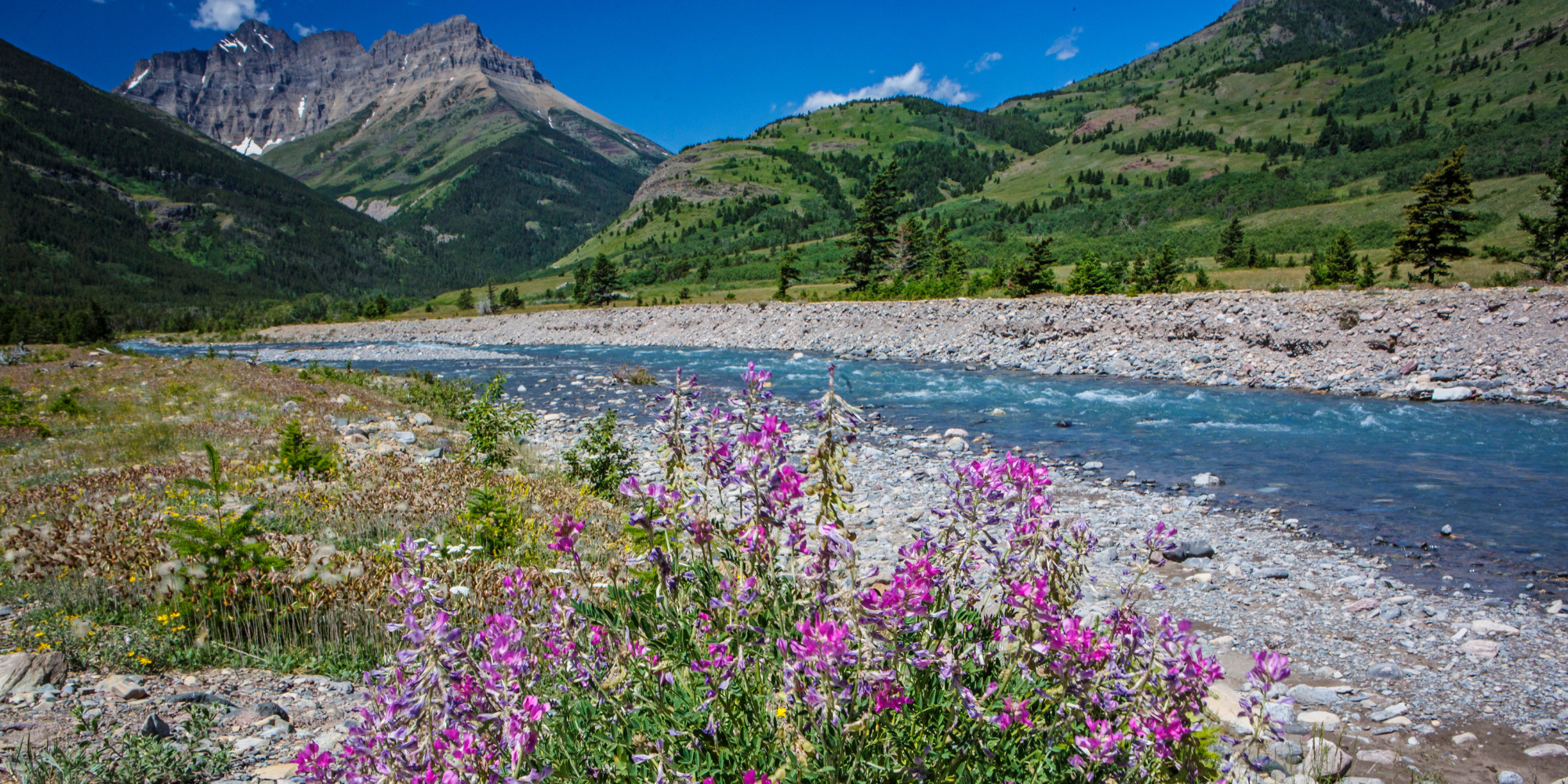Inaugural provincial Nature Summit on October 16 opportunity to deliver on promise to protect nature
October 15, 2024
Mohkínstsis | Wîchîspa | Guts’ists’i | Calgary
The Government of Alberta should expand provincial parks and implement recovery plans for endangered species as part of its “made-in-Alberta” nature strategy, according to a new report released today by a group of conservation and environmental organizations.
The report, A Collaborative Vision for Alberta’s Nature Strategy, is being released on the eve of the Government of Alberta’s inaugural Nature Summit on October 16. At the summit, diverse groups of stakeholders will be called upon to provide advice on the Government of Alberta’s plans to maintain, conserve, and sustainably manage the province’s nature for years to come.
The coalition of expert groups, including CPAWS Southern Alberta, CPAWS Northern Alberta, Alberta Wilderness Association, Nature Alberta, Alberta Native Plant Council, Edmonton River Valley Conservation Coalition, ShagowAskee, Healthy YEG, and the Pembina Institute are urging the government to adopt six key pathways to protect nature in Alberta:
- Comprehensive land use planning
- Expanded network of parks and protected areas
- Indigenous-led conservation
- Habitat conservation and restoration
- Sustainable economic opportunities
- Nature-based climate solutions
Over the last two years, the Government of Alberta has added approximately 0.002% of Alberta’s land to the protected area list. This brings the total amount of protected land in Alberta to a modest 15% of the province — which leaves Alberta significantly trailing the 30% protection by 2030 commitment made by nearly 200 countries, and several Canadian provinces and territories. At its core, the Government of Alberta’s nature strategy must address biodiversity loss, ecosystem function, and water security. The six pathways laid out in the report address key threats across diverse landscapes. All pathways must be applied across the landscape to achieve holistic and meaningful outcomes.
“The clock is ticking against the accelerating impacts of biodiversity loss for many of Alberta’s wildlife, watersheds, and ecosystems. Action by government is needed now. Fortunately, there are science-backed solutions to the crisis, including creating more protected areas, and managing unprotected lands to prioritize nature. Countries, sub-national governments, Indigenous governments, and municipalities across the globe are making commitments and implementing actions to address the crisis. The Government of Alberta must release a Nature Strategy that commits to taking meaningful action to protect nature. This, in turn, protects Alberta’s communities and ecosystem services,” says Kecia Kerr, Executive Director of CPAWS Northern Alberta.
Katie Morrison, Executive Director of CPAWS Southern Alberta, adds “A made-in Alberta Nature Strategy must be more than words on paper; it must be a strong commitment by our elected officials to not only increase, but improve protections for public lands, waters, and wildlife in Alberta. We can’t afford to just pat ourselves on the back for what we’re already doing, or what’s been done in the past. We need bold, forward-thinking action that supports the sustainability and longevity of our biodiversity and, by extension, Albertan communities, livelihoods, and resources.”
The Government of Alberta opened public engagement for a Nature Strategy in late September, and it remains open until November 7. With COP16 (The 2024 Conference of the Parties to the UN Convention on Biological Diversity) approaching, where nations from around the world will discuss how to implement the Global Biodiversity Framework, we eagerly await the Government of Alberta’s own strategy as a localized solution to the global concern of biodiversity loss. We encourage all Albertans to participate in the engagement and remain hopeful that the public’s feedback will be essential to shaping the government’s strategy.
For more information please contact:
Katie Morrison, Executive Director
CPAWS Southern Alberta
kmorrison@cpaws.org
Kecia Kerr, Executive Director
CPAWS Northern Alberta
kkerr@cpaws.org
More News

All-Seasons Resort Policy Released

Critical Habitat and Industry Lobbying Part 4: How DFO Allows Critical Habitat Destruction


